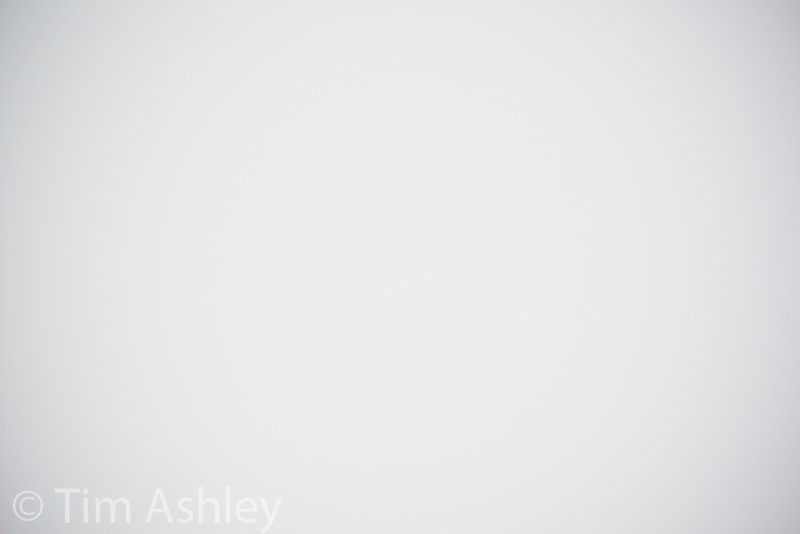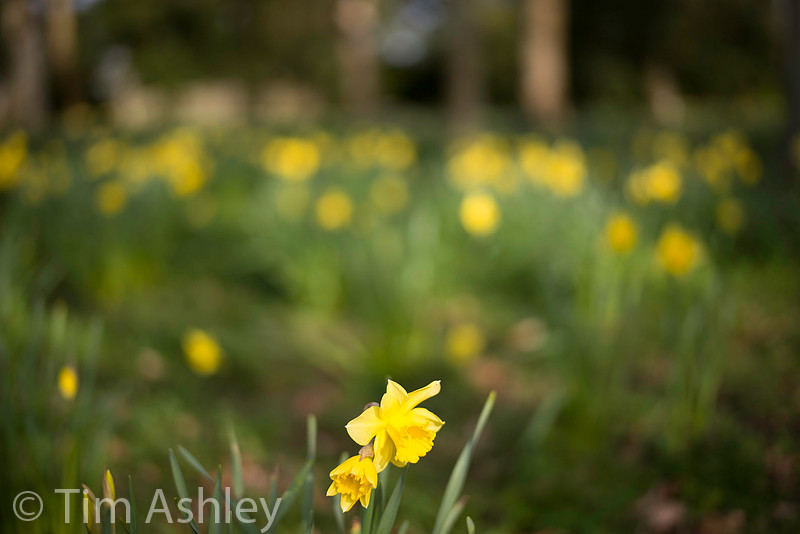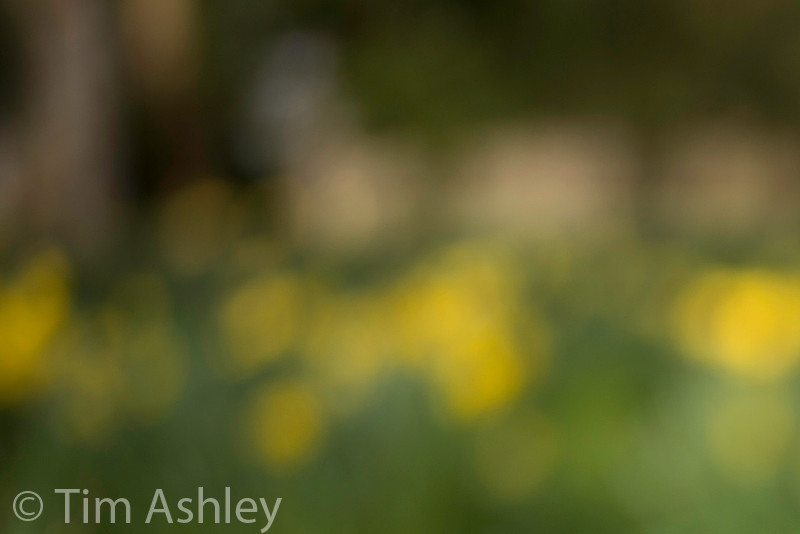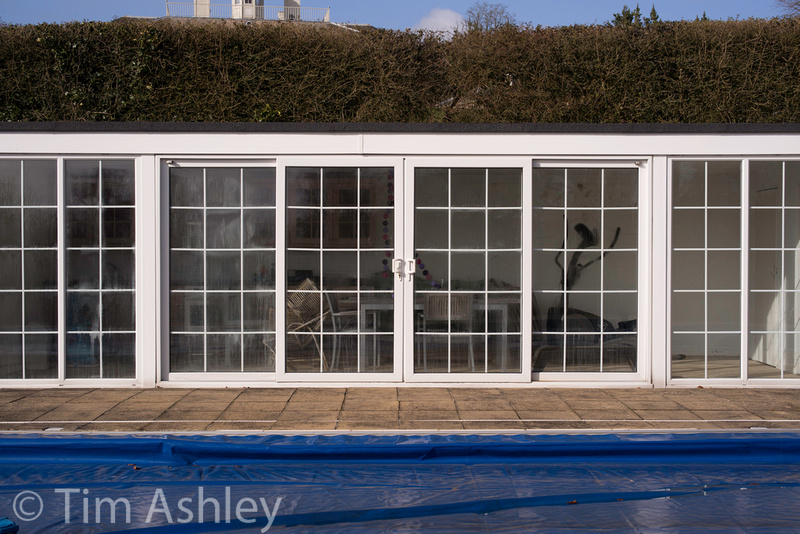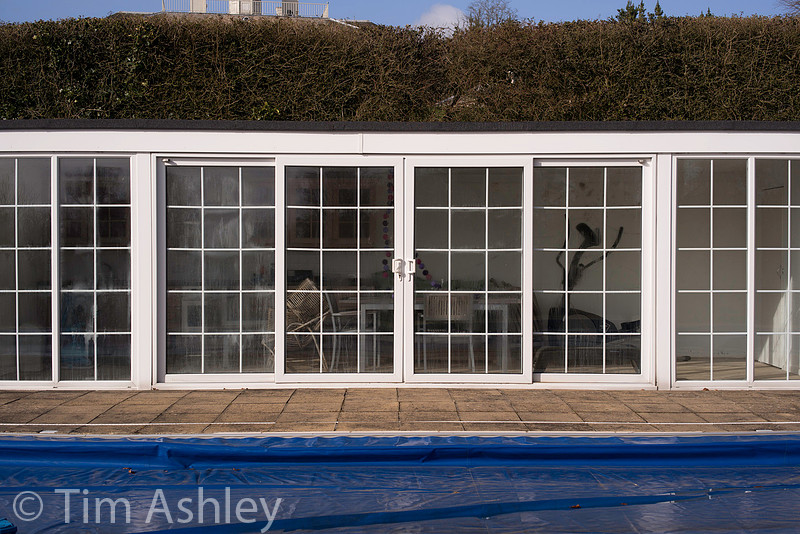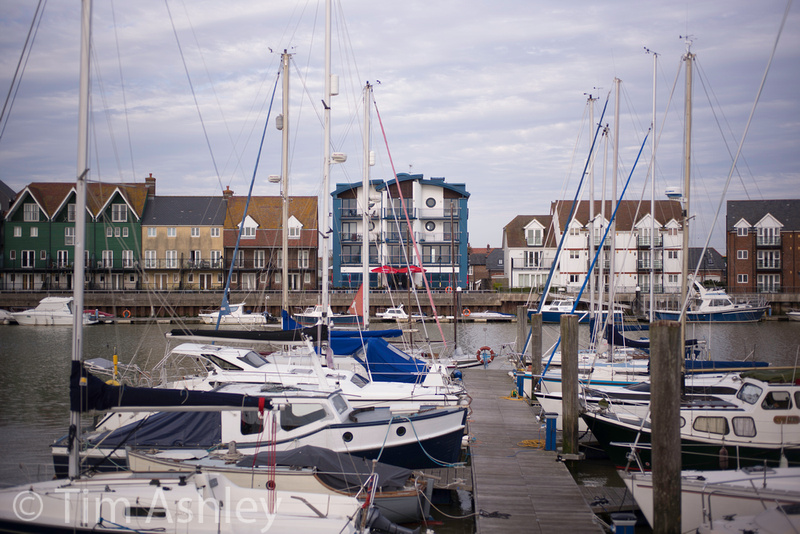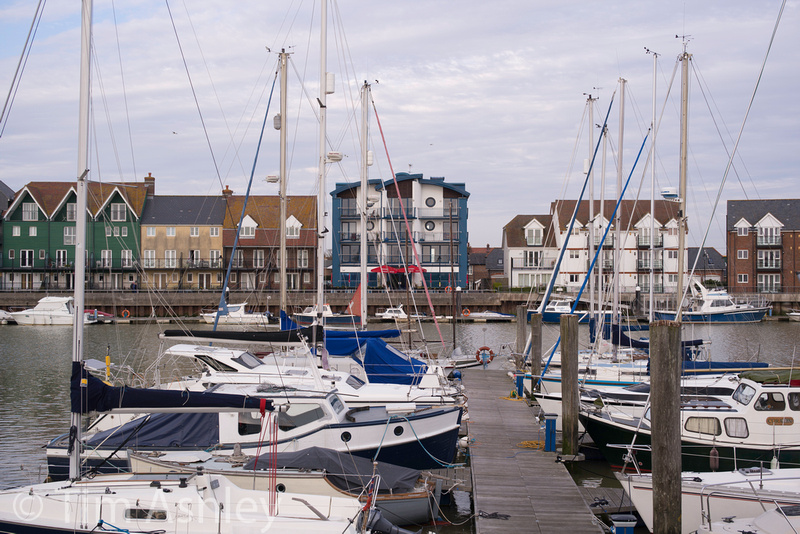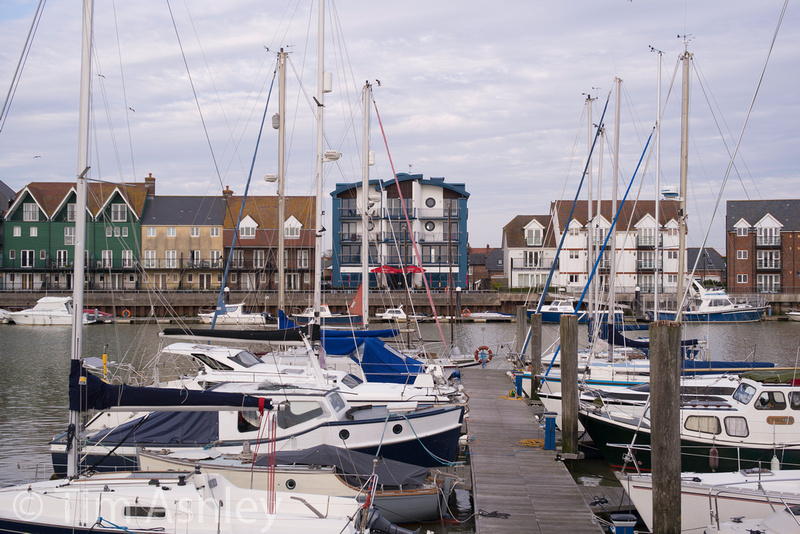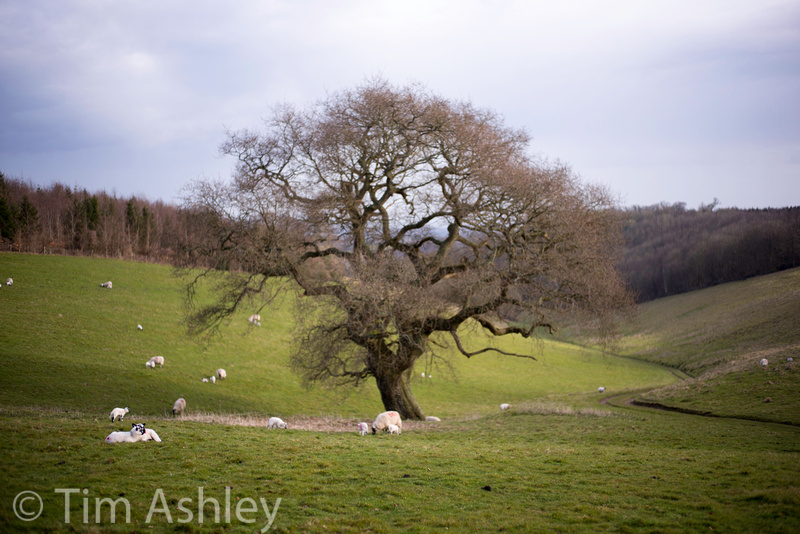Leica M240 with 50mm Summilux - Some observations.Back in February 2007 I took off for Venice with a shiny M8 and a bag of lenses. I had owned the camera since mid-November but the first couple of months had been spent fighting and taming the IR issues and re-learning the style and art of rangefinder shooting - and collecting a bag of lenses which felt right. I was struck very strongly, at the end of the first day's shooting, with two things: how amazing the 50 Lux was - how easy and well-tempered to use and how consistently lovely the results - and how tricky and troublesome the then-current 35 Lux was. But the problem was and remains that I am much more a wide shooter by temperament and so, though I realised on that trip that the 50 Lux was the best lens I had ever shot, I got into a pattern with it that is by now familiar: I keep it with me, use it comparatively rarely, then get blown away by it when I do. It has almost perfect manners. It has gorgeous colour. It has wonderful bokeh. It has a truly beautiful, glowingly soft but sharp wide open performance and it then tightens up into something which is both accurate technically and poetic artistically. It can separate out layers of subject depth into layers of focus and de-focus that seem to make all elements of a scene articulate with each other harmoniously. It has soul.
So when the M240 arrived, my second task was to see whether the 50 Lux was going to impress on the new higher resolution sensor - or whether it was harbouring weaknesses that would finally be exposed. My first task, BTW, was to ask the same question of the 35 Lux FLE, a lens whose focal length is arguably more important to the Leica gestalt. Regular readers will already have seen the piece I published last week on that subject. Unfortunately there hasn't been time for a trip to Venice : but some casual shooting made it clear that though the lens is still a star, some minor questions needed answering so I have run my usual set of tests and I have discovered in the course of so doing where the fault lines are, and where future, even higher resolution sensors will start to test this classic lens to its limits and, unfortunately, beyond. But that is a technical judgement, not a creative one: creatively, the lens remains as utterly wonderful as ever. I want to illustrate that point first. Take a look at the following F4 M240/50 Lux file (click for a full size JPEG). If possible, load it into Lightroom or other retina-aware program and at it on a Retina screen or make a 26" print. It isn't a great shot but it does show this fabulous ability to separate out planes of subject into their own zones of focus, a trick which lesser lenses can do easily by using extreme OOF areas but which the 50 Lux specialises in doing with much smaller differentiation of degree of focus. If you want the Leica 3D look, this lens can provide it in spades.
A quick usability comment: for some reason the M240 with 50 Lux is better at guesstimating accurate aperture information than is the M240/35 Lux combination. Not perfect, but better. On to some tests. Firstly, I have run my usual series of focus shift tests at close range, and they indicate, as was the case on previous cameras, that focus shift does exist but is very mild. In fact, the original point of focus stays well within the developing DOF as the lens is stopped down. This is important to know because it means that at least at close range (and as it turns out at distance too) a well calibrated rangefinder will do just as well stopped down as wide open, even at this new, higher resolution point. The series of shots is here. Next up, colour shading. We generally expect this to be largely tamed by the time we hit 50mm focal lengths, given that it is classically more of an issue with wider lenses, but there is still a touch of it when using the M240/50 Lux combination and though it is most evident at f1.4 as one would expect, it hasn't completely gone even by F5.6. The entire aperture series is here but I will post in-line, by way of illustration, the F2 frame versus the identical frame from a D800E series where the Nikon has an adapted 50 Cron mounted, also shot at F2.
Nonetheless, certain files do seem to have a very mild, often almost imperceptible shift towards the purple in blue skies at the edges. Is it just my imagination (or my monitor or processing) that this frame shows such an effect? Next, chromatic aberration: at F1.4 as shown in this crop, there is notable purple fringing but it is quickly cleaned up in LR and comes under rapid control as one stops down. IMHO 'no biggie'.
Now for my usual harbour-side aperture series. This was very informative. It can be viewed by clicking on the below image, which is the F1.4 file. Original resolution files can be downloaded by right-clicking on the smaller images in the gallery and then selecting Download Original. Note: these files are shot RAW and then developed in LR4.4 with sharpening at 60/0.7/70/20 and NR at default. They are most usefully looked at with whatever degree of zoom gives you approximately a 200dpi view, i.e. 50% on a normal monitor or 100% on Retina. They were shot on a tripod with delay, having been focussed once wide open using the Rangefinder and then confirming that in the EVF. This series is file numbers 1563 thru 1570. Other similar looking files in the gallery should be ignored for this purpose. For the lazy reader here are my notes:
Some comments on this:
I am finding it quite hard to get a real sense of the fied shape of the lens, despite knowing it reasonably well: it seems to have a mild rearwards shape at the edges when wide open but more conventionally forward shaped when stopped down. But in most cases, you're unlikely to notice: like I say, it is generally pretty mild mannered. I shot the aperture harbour-side aperture series, as noted, with focus taken wide open and then not re-adjusted as I stopped down. But I also shot a series with the EVF at maximum magnification, refocussed between each shot (on the word Pride on the red umbrella) and this was very instructive: the centre performances were fairly similar but the edges seem a tiny touch weaker in some places and sharper in others and the entire field of focus was closer in the 'stopped down focus' series. This is noticeable in that the boats in the foreground are in much clearer focus in many of the mid-aperture frames. Compare, for example, these two frames: The first frame is the 'refocussed when stopped down' and the second is the 'focussed once wide open', both at F5.6. and if you are a truly compulsive peeper, you will layer the two files in Photoshop, align them perfectly at mid-opacity, then switch to 100% opacity and flip between them... Note also that the 'stopped down focus' shot also has a slightly better performance in the weak mid-field areas - not uniformly but on average. This once again highlights the differences in focussing using stopped down EVF versus wide open EVF or Rangefinder. At this distance and aperture, there is in effect (and as as zone focus addicts will know) a zone of focus rather than a plane of focus. I say 'in effect' because in truth, there really is only one exact distance from the camera that is in exact focus at any part of the frame, but the sensor cannot sample that degree of detail, therefore we have the 'effective zone' which is that area of the field that appears in good focus even at high levels of zoom (50 or even 100%) on screen. Now: that effective zone is not planar: this is a very fast lens, and fast lenses, even at 50mm focal length, tend to have a touch of field curvature which may in fact be more of a slight 'wave' than a curve. I am going to write a separate article about this soon, hopefully with some input from a 'guest star' optical expert. But for now, looking at the above shots, my feeling is that the rangefinder shot has the boats out of focus because the very mild focus shift of this lens means that as you stop down, the zone of focus shifts backwards, keeping the subject in focus but moving the 'effective zone' away from the foreground. The EVF, when 'refocussed for each new aperture' has a margin of error because the effective zone is 'thick' when stopped down and there are more depths within it that seem in good focus, even at high magnification. But in general and on average, it will tend to place the POF more centrally within the zone. In other words, on average, stop down focus will place the entire effective zone closer to the camera. And the fate of those parts of the frame which fall near the boundaries of the wave-shaped zone will depend on exactly where they fall. Hence the fact that now with two lenses, I have observed that the 'stop down' and the 'wide open' approaches both generally give good focus at the point of focus, whatever the aperture but that they can distribute focus rather differently across the rest of the scene. Long winded, speculative but of some serious practical use: the EVF was heralded as having various advantages. Exact focus was one of them. Many people hoped that this would provide a good alternative to the RF for when the RF drifted out of calibration as some of those in the M8 and 9 seemed to do from time to time, or would be useful in conditions or with subjects which are not well-suited to RF focussing. It was also going to be useful for lenses with a degree of focus shift that outstripped the depth of field, such as some copies of the pre-FLE 35 Lux. But what I am learning is that with lenses with some degree of field curvature and some degree of focus shift, the results can be surprising and can be quite individual to each lens. With the 35 lux, wide open focus seems always best, even when you then stop down. With the 50 Lux, which has a notably flatter field, both approaches have their advantage depending on where you want to place your 'effective zone' and on your sense of its shape at each aperture. All other things being equal, my experience so far is that the stop down approach with the 50 Lux tends very often to bring the zone closer and can mildly ameliorate the mid-field weakness. Your own 50 Lux on your own M240 may behave slightly differently but I suspect that this will be a good generalisation. And it is also a useful thing to know when out shooting: it really can help one to 'place' the effective zone relative to the subject. One last observation: I have found a few frames at very wide apertures that seem to imply a rearwards field curvature in parts of the frame. I believe Lloyd Chambers found something similar. Here is an example shot at F1.4 and clicking on it will load a full-sized version. It was a 'focus and recompose' job on the two sheep foreground left (not perfectly done!) but do look around the field of focus, especially at the edges: It will be clear to anyone who has read all the above that I don't have a degree in optics. But I have used a lot of lenses and had to bottom out their real-world oddities over the years - and for me at least, this exercise has made it easier for me to feel confident of when to choose which focussing method. I may have described it falteringly, but it works. Back to the lens: My copy continues to make me very happy. I would probably want the 50mm F2 Apo if I were looking for very technically accomplished images such as planar architecture. But in every other sense, the 50 Lux is as satisfying on the M240 as it was on previous bodies. There's life in the old girl yet. This site is not for profit but I do support the charity Photovoice. I wrote about it in depth a while back and that article is here. If you have found this article useful and are feeling generous, I would hugely appreciate a donation to the charity, even just a pound or a dollar: every little helps. You can donate here and the Virgin Giving site is secure and takes cards and PayPal. The Gods of Great Photography will smile on you if you donate. I promise.
Comments
Norbert Steinkamp
Tim, thanks very much for your careful analysis and considerations. They help me become aware of some of the characteristics of a lens I've really come to appreciate. And thanks for promoting Photovoice; they seem to be a great cause.
Best regards, Norbert
No comments posted.
Loading...
|



